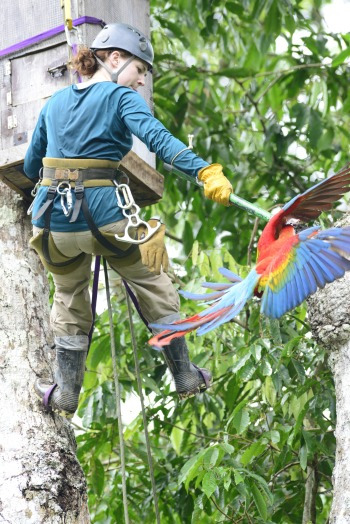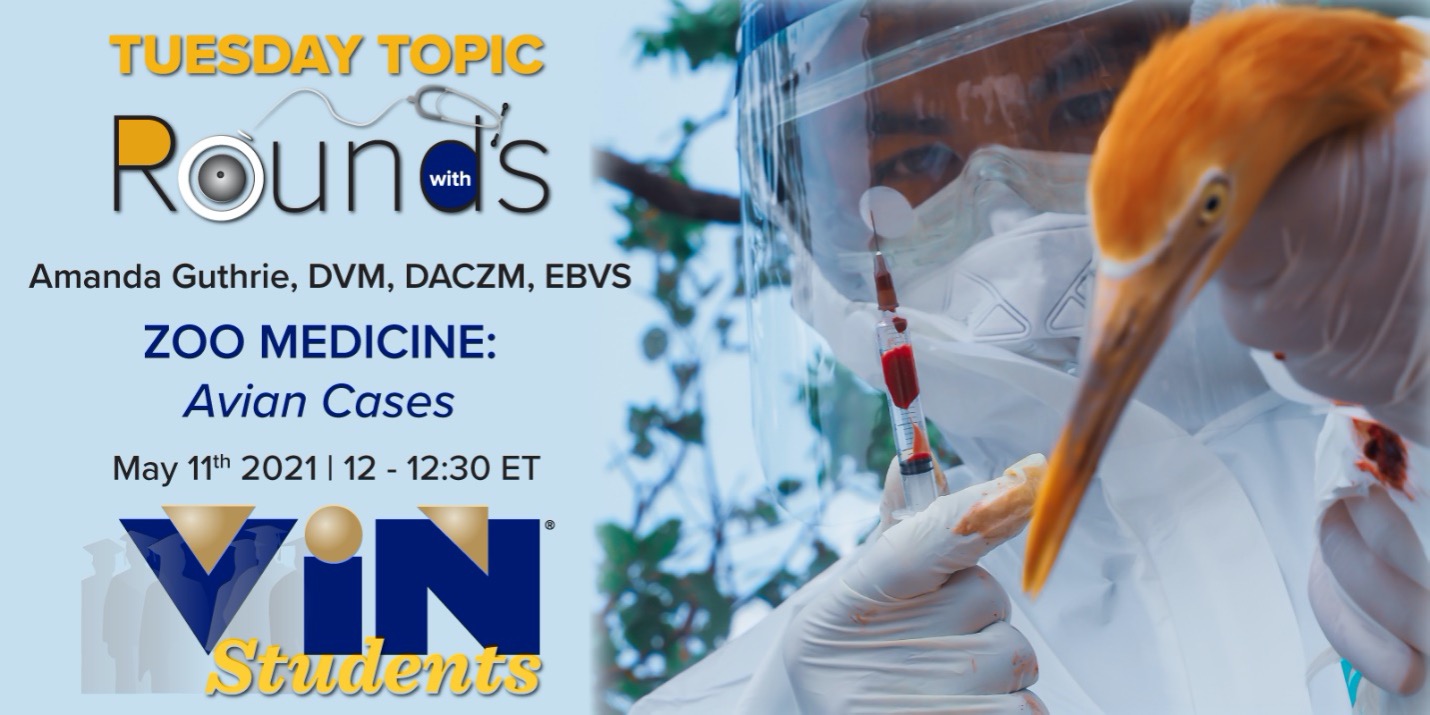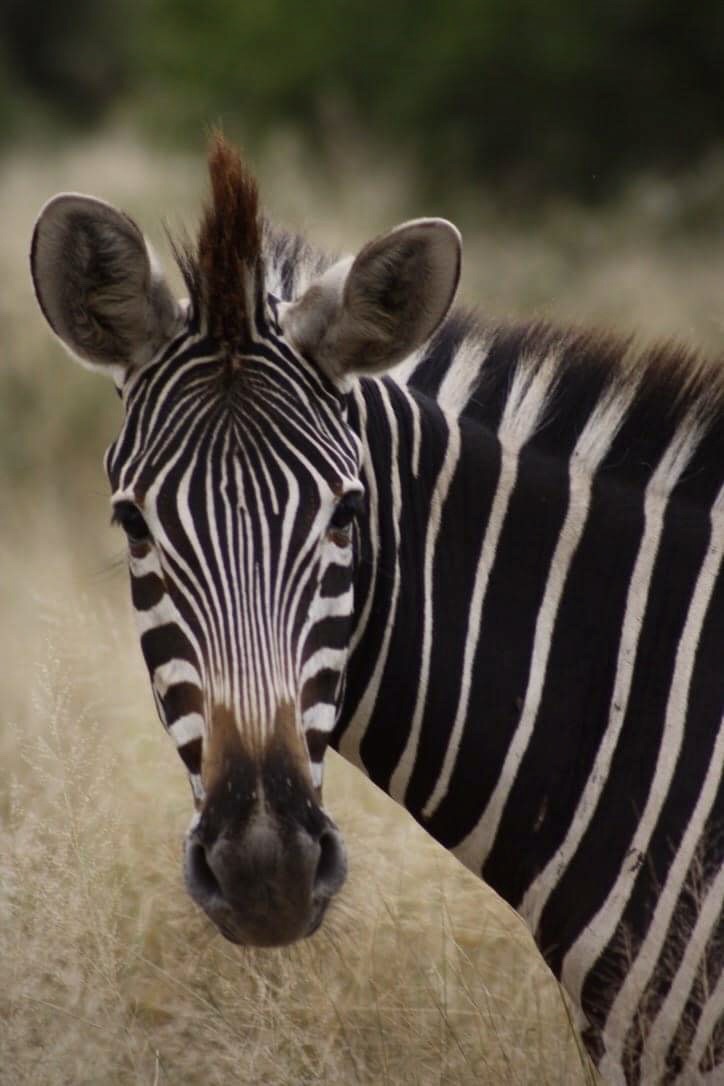This edition's Life as a Vet Student category: Each day the veterinary profession becomes less national and more global. The AVMA states, "In recent years the AVMA has turned to the global stage to advance its strategic goals, particularly in the areas of animal welfare and veterinary education, and has worked hard to ensure that the U.S. veterinary profession's voice is heard in international settings." Are you interested in global health? How have you contributed or plan to contribute in international veterinary medicine?
Entry, Life as a Vet Student
Lauren Thielen, Texas A&M University
TRC, Tambopata Research Center, is a macaw conservation research facility located in south-eastern Peru, deep within the beautiful Peruvian Amazon, along the Tambopata River.  The lodge is about 100km from the closest city, Puerto Maldanado, an 8hr boat ride upriver from the town. The research is lead by Texas A&M’s Dr. Donald Brightsmith, supported by Texas A&M Veterinarians and many volunteers from throughout the world. The lodge serves as both a research facility as well as a site for ecotourists to become immersed in the Amazon.
The lodge is about 100km from the closest city, Puerto Maldanado, an 8hr boat ride upriver from the town. The research is lead by Texas A&M’s Dr. Donald Brightsmith, supported by Texas A&M Veterinarians and many volunteers from throughout the world. The lodge serves as both a research facility as well as a site for ecotourists to become immersed in the Amazon.
Over Christmas I was given the unbelievable opportunity to volunteer at TRC as a veterinary student. TRC’s research is focused on the long term monitoring of macaw and parrot biology, research first began in 1999. The location of the TRC lodge is no coincidence, as it is located only a 2 minute boats ride to the clay lick. The clay lick is a huge part of the research, as it is a location where thousands of birds can be observed at once. The purpose of animals arriving at the clay lick is to ingest the sodium-rich clay not provided in their diet. Additionally, by studying the clay lick the social order and behavior of different parrot species can be observed.
Breeding season is during the rainy season, December to June, and that is when the veterinarian comes into play. Chick growth data is taken to better understand the reproductive success of both Scarlet and Red-and-green Macaws. The data sets are used to help understand the fluctuations in clay lick use related to nesting, food supply, and bird abundance. As a veterinary student I spent my days walking throughout the Amazon Rainforest to different macaw nest sites to check on the development of the chicks.
Click to read more ...
 Monday, May 10, 2021 at 01:00PM
Monday, May 10, 2021 at 01:00PM 
 VIN,
VIN,  avian medicine,
avian medicine,  zoo med in
zoo med in  News,
News,  VIN Topic Rounds
VIN Topic Rounds 
